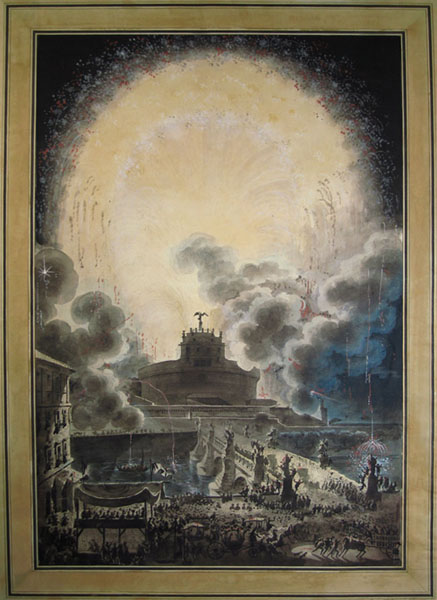TWO LOOKS ON BRAZIL – TRISTES TÓPICOS AND GRANDE SERTÃO
Keywords:
Estado, campo, Guimarães Rosa, Claude Lévi-Strauss.Abstract
Until what point the intellectual improvement made possible the improvement in the social relations between field and city in Brazil of 20th century middle? The hypothesis is that the articulated and displayed images by important intellectuals were many times entailed to a supposed necessity of governmental public politics directed to the field inhabitant. Even that it seems obvious, the constatation takes us to at least two questions: the disguise of a superficial human being construction, which is, the idea of democratic State, based in a false politics unit, social and cultural, when not racial; and, as a consequence, the subjugation of social groups kept out of society, which the field inhabitant is only one example. For the evaluation of this problem in 20th century middle, we have two basic texts, for joining three important dimensions to think about the problem of the representation and state homogenization: 1) to be about workmanships of literary relevance; 2) for being central in the debate on the relation field-city; 3) to establish dialogue with the academic thought of its time. These workmanships, which the article talks about, are Tristes trópicos, by Claude Lévi-Strauss, and Grande sertão: veredas by João Guimarães Rosa.
Downloads
Downloads
Published
How to Cite
Issue
Section
License
Copyright (c) 2007 - Authors keep the copyright and grant the journal the right of first publication, with the work simultaneously licensed under the Creative Commons Attribution License (CC-BY-NC-SA 4.0), which allows sharing the trial with acknowledgment of authorship and initial publication in this journal.

This work is licensed under a Creative Commons Attribution-NonCommercial-ShareAlike 4.0 International License.
Creative Copyright Notice
Policy for Free Access Journals
Authors who publish in this journal agree to the following terms:
1. Authors keep the copyright and grant the journal the right of first publication, with the work simultaneously licensed under the Creative Commons Attribution License, which allows sharing the trial with acknowledgment of authorship and initial publication in this journal.
2. Authors are authorized to take additional contracts separately, for non-exclusive distribution of the work version, published in this journal (eg publish in institutional repository or as a book chapter), with acknowledgment of authorship and initial publication in this journal.
3. Authors are allowed and encouraged to publish and distribute their work online (eg in institutional repositories or on their personal page) at any point before or during the editorial process, as this can generate productive changes, as well as increase both impact and citation of the published trial (See The Effect of Free Access).
Creative Commons License
This work is licensed under a Creative Commons Attribution–NonCommercial-shareaswell 4.0 International License, which allows you to share, copy, distribute, display, reproduce, completely or part of the work, since there is no commercial purpose, and authors and source are cited.



